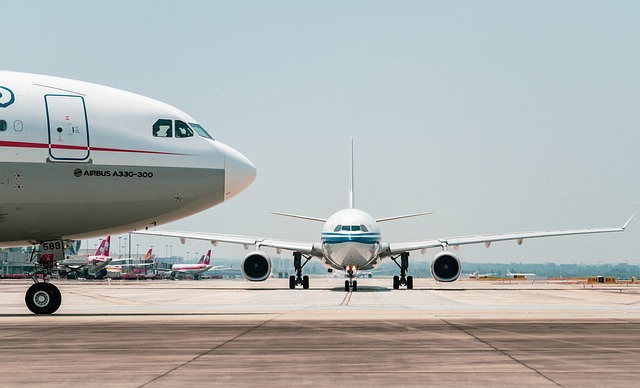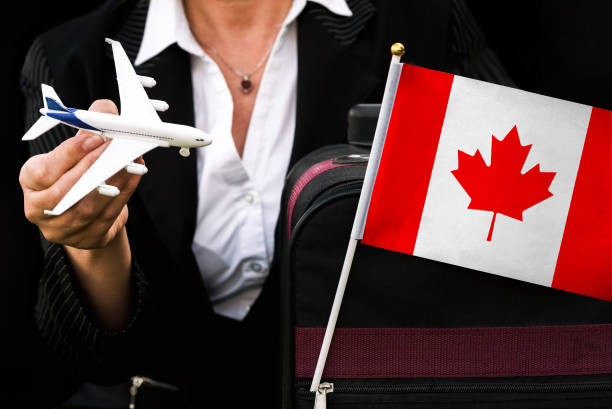As 2025 draws near, a warning is given.

According to WTW’s General Aviation Insurance Market Outlook for the fourth quarter of 2024 (Q4 2024), clients with a solid loss history could expect steady market conditions. However, changes in the industry might be in store for 2025 as a result of rising expenses.
According to the research, which was authored by Alex Trotter, executive director of general and corporate aviation, and John Taylor, managing director of general and corporate aviation, clients who are nearing year-end renewals should use July renewal trends as a guide because of the competitive dynamics that were noted in the middle of the year.
Insurers fought for business they deemed viable due to overcapacity in the liability and hull categories, which frequently resulted in rate reductions for operators with expansion plans and minimal claims.
Meanwhile, the hull war market, after previous price spikes, showed signs of stabilisation mid-year as increased capacity entered the market.
In contrast, capacity in excess war liabilities remained limited, with risks leading to modest rate increases for renewals in July.
Outlook for Q4 renewals
Generally speaking, WTW anticipates that the fourth quarter of 2024 will mirror the patterns observed earlier in the year.
Adequate capacity should allow for favourable renewal outcomes, particularly with early broker engagement, for general aviation companies with low losses and strategic expansion.
Political unrest, however, continues to play a big role in the hull war market and could influence pricing and coverage fluctuations. Such dangers are brought to light by a recent event at the Bamako airport in Mali, especially for insurers whose clients operate in politically sensitive areas.
In the event that geopolitical situations worsen, insurers can revert to more stringent underwriting and pricing guidelines for these accounts.
As the year draws to a close, general aviation rates may be impacted by two more things. First, as the insurance industry as a whole gets ready for any claims, the US’s active hurricane season in 2024 may have an impact. Second, the industry is still burdened by the unsolved legal concerns concerning aircraft leases resulting from the conflict between Russia and Ukraine, with unknown outcomes as cases move through the courts.
According to WTW’s prognosis, general aviation clients can enhance their chances of renewal by explicitly defining risk management measures in light of these risks.
Sector context and looking forward to 2025
WTW also brought attention to more general aviation trends, such as how growing land prices affect smaller airfields and how important the industry is to the training of future pilots.
A consistent pipeline for the broader industry is maintained by general aviation, which continues to be the principal entrance point for pilots, ground crew, and air traffic controllers.
Furthermore, the insurance industry is keeping a careful eye on developments in aviation technology, such as regional hybrid-electric jets and electric vertical take-off and landing (eVTOL) aircraft. Future insurance requirements and risk profiles of general aviation clients are probably going to be influenced by these developments as they become more widely used.
Future conditions will probably be hinted to by fourth-quarter renewal patterns as the industry moves closer to 2025.
For customers with good risk management and few claims, the market has stayed steady, but growing reinsurance premiums and claims inflation may change the landscape. If capacity is significantly reduced, general aviation clients may face more difficult renewal discussions as insurers modify their commitment to the industry.



